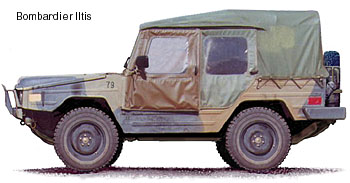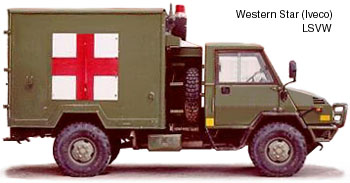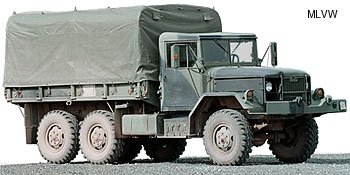Data and Specifications
Role: 105mm C3 Towed Howitzer
Description: The C3 Howitzer is an upgraded version of the C1 Howitzer which is used as a close support artillery weapon. It is towed by MLVW (Gun Tractor) which carries the crew (7 member detachment) and ammunition. It has the capability to fire extended range ammunitions which can deliver a round up to 18 km down range.
|
Origins: Procured in 1997 and 1998 mainly for the Regular Force
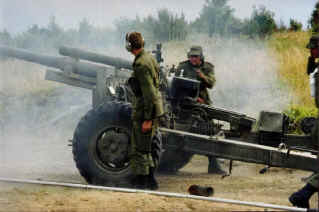
Data from Canadian Forces - Army Website
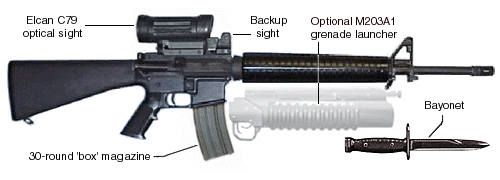
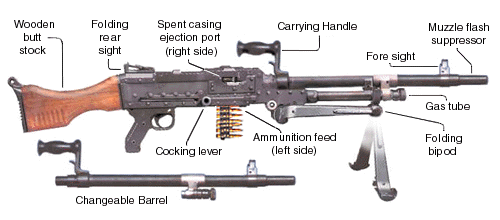

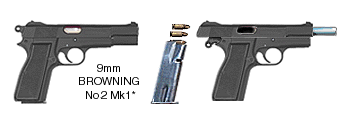

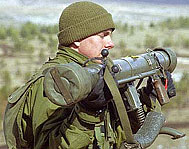
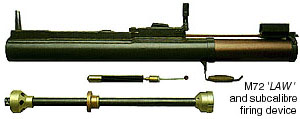 Images
and Data from
Images
and Data from 